This week, October 18-24, 2015, is Texas Native Plant Week.
So delegated each year, the third week of October is set aside for appreciation, recognition, and promotion of Texas native plants. Activities for the week focus on educating Texans–gardeners and others–on the importance of protecting native plants in the wild and gardening with our beautiful and diverse native plant species.
If you don’t live in Texas, there are lovely native plants where you do live. Learn about them, grow them in your garden, protect them in the wild, and teach others about their value: for wildlife, for a healthy environment, and for beauty.
Check out the links below for the sponsoring organizations of Texas Native Plant Week, to learn more about what each offers in educational activities:
Lady Bird Johnson Wildflower Center of The University of Texas at Austin
Texas Parks and Wildlife Department
There are many reasons to go native in the garden: to benefit wildlife which is rapidly declining (with potentially catastrophic consequences), to conserve the valuable resource of water because native plants use less of it than traditional lawn and landscape plants. Plus natives don’t require fertilizers or other chemical interventions which pollute waterways.
Also, native plants are just damn pretty.
For 2014 Texas Native Plant Week I wrote a series promoting the use of native plants in the home garden. If you’d like to read some of the reasons why you should switch to native plants as well as information about some of those native plants, check out the following links:
Texas Native Plant Week–Rock Rose, Pavonia lasiopetala
Texas Native Plant Week–Turk’s Cap, Malvaviscus arboreus
Texas Native Plant Week–Goldeneye, Viguiera dentata
Texas Native Plant Week–Seeds-N-Berries
Texas Native Plant Week–Autumn Stuff
Texas Native Plant Week–Garden Vignettes
Plant natives!!


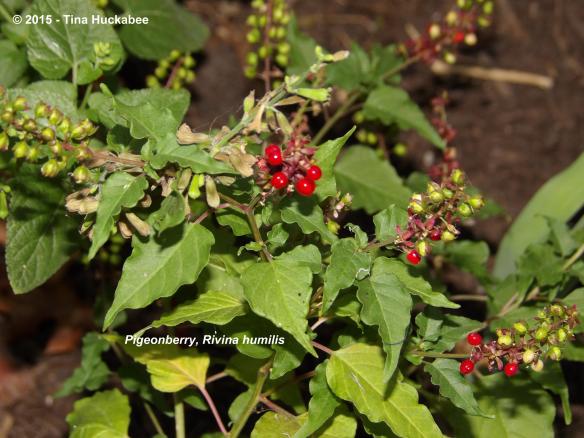

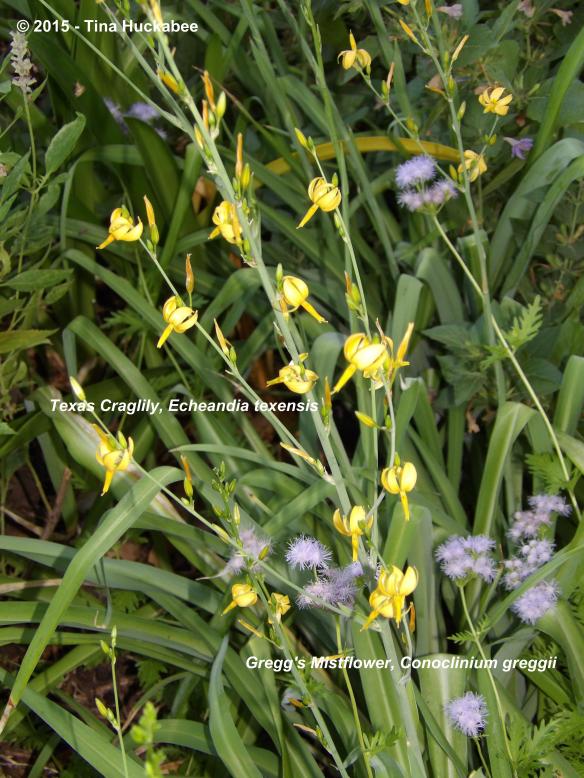


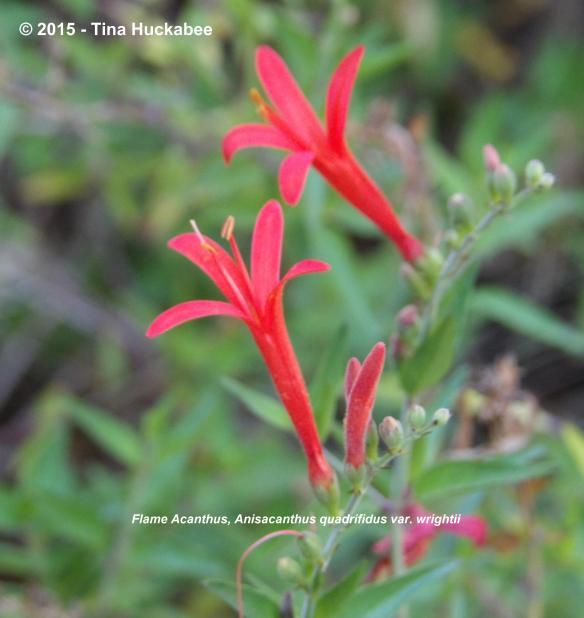
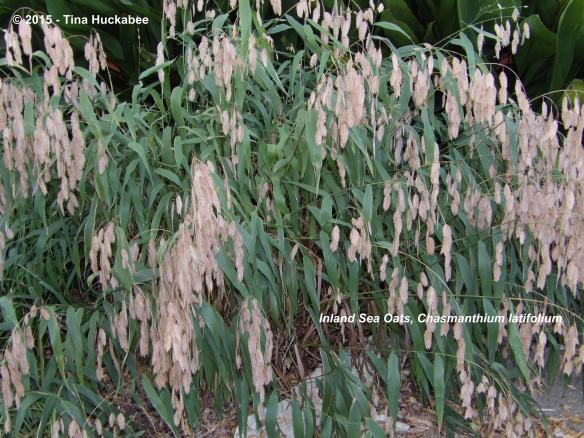



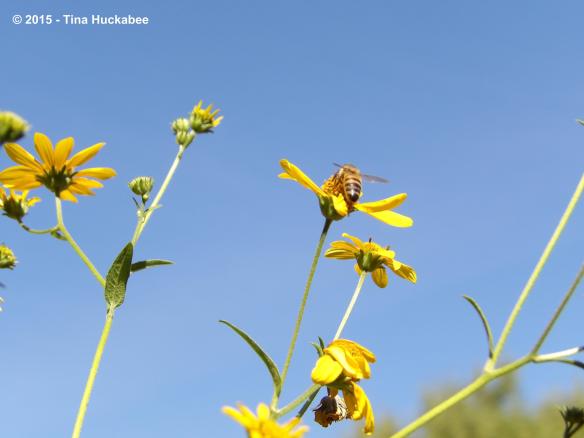
A worthy tradition! I particularly like the Oats…
LikeLike
The oats are lovely! The photo really doesn’t quite do them justice. They are beautiful with early morning or late evening sun flitting through the seeds!
LikeLiked by 1 person
Tina, have you ever been to the Lady Bird Johnson Wildflower Center in Austin? On my other WordPress blog (Connoisseur of Malvern archive) I have a post showing the porcelain studies done in 1990 for them, including a gorgeous centerpiece called The Pride of Texas (Lupinus texensis, Phlox drummondii and Castilleja indivisa.
LikeLike
Oh, many, many times! I’ve been a member since the early 80s and have learned so much from the center. Interesting about the porcelain studies . They moved to their current and gorgeous location in 1995–or there abouts. Hmmm. I wonder where they house the studies?
LikeLiked by 1 person
Thanks for the heads up on your post. I just checked it out–interesting reading and beautiful work. I assume from the reading that the Lady Bird Johnson WC wouldn’t have any of the studies, that they were created for purchase? It was amusing to see the “old” name for the Wildflower Center–The National Wildflower Research Center–it was renamed in honor of Lady Bird, who, along with Helen Hayes (yes, the actress), founded it. I still have a t-shirt with that old name….
LikeLiked by 1 person
Tina, if they do have any of the studies still on display, either permanently or occasionally, then the director (Joseph Hammer) would probably know.
LikeLike
Great work and a persuasive selection of natives for Texas!
LikeLike
Thank you! Nice plants, eh? 🙂
LikeLike
I always think of the US as having hundreds more natives than us over here as a comparatively small island we have far fewer to choose from. I realise you are writing about Texas Natives but do you consider all US natives if suitable for your soil and temperature conditions to be natives for you to choose from? You have made me wonder too how many regional variations in plants we have locally, but I suspect it will be a fraction of what have in Texas.
LikeLike
Your question is a good one, Julie. The US is a huge glob of land with every land form known, so its plant life would reflect a wide variety of species. It would make sense that your small, beautiful island would have fewer, though I bet there are, or were, more species than you realize.
As to the other question about all US “natives” being suitable for my area–no, Though trust me when I say I wish so! Let me give you a couple of examples: my son lives in Oregon on the Pacific Northwest. I travel there several times a year and downloaded an app to my phone that has all the Oregon native wildflower species id in photos and information and by region. (Like Texas, Oregon has many different land forms and micro-climates.) There 947 species of native plants identified for the Oregon Flora Project. (As an aside, my best friend from university–a born-n-bred Texan–is a botanist at Oregon State University and heads up this several decades long project.) I’ve contemplated a move to Oregon and I was researching the native plants I grow here in Central Texas and comparing ones that I might take up as seeds or rooted and also that wouldn’t be invasive. There was only one: White Yarrow, Achillea millefolium. So of all the plants that grow native here, only one (at a quick look) could I take up to Oregon, if I moved. But an opposite example is also true: I’ve profiled what I call Inland Sea Oats, Chasmanthium latifolium and several northern bloggers (Jason of Gardeninacity in Chicago, Illinois and Beth of Plant Postings in Madison, Wisconsin) both grow the same plant. So there are some “natives” that have a wide distribution, but I guess most are fairly regional.
I imagine you have some variation, but because your geography is so much less, you would have less. That’s just a guess on my part though.
LikeLike
Neat to see these Texas natives–most are new to me.
LikeLike
I’ll bet your Wyoming natives would have more in common with the desert plants of West Texas!
LikeLike
Wonderful roundup. I’m sure you chose the photos very carefully and love that so many of them also show a pollinator visiting the native plants you’ve highlighted. Natives certainly do get the heavy traffic, and rightfully so.
I was thinking this morning what it would feel like to show up at my grocer’s produce section to find only bins of artichokes on offer rather than the full variety of fruits and vegetables I’m used to enjoying. Yes there would be food for sale – but enough to support human life in any ongoing way? Nope.
That must be a little bit what it is like for migrating pollinators to arrive in an area to find newly constructed homes surrounded by lawn. Yes there are plants…but nothing that will support their life. I’m so happy you and so many others are advocating for a return to gardening in a way that supports local wildlife and brings that sense of “stewardship” back into play. Natives for the win!
LikeLike
Your grocery store analogy is an excellent one. I think you’re exactly right: what most builders and homeowners plant can’t be consumed or used for host plants by native pollinators. So, their natural habitat is destroyed and replaced with…nothing. I hope that more and more businesses and homeowners everywhere will plant natives and for so many reasons.
LikeLike
That opening photo! You can probably guess the rest: oooh, ahhh. SO beautiful. I really appreciate the Lady Bird peeps and they are a great starting point but I have to chime in on what Julie was saying. In the end it isn’t always terribly helpful info to simply label a plant as native. Some states encompass very different ecosystems so it can be misleading to think a plant might be appropriate just because it is labeled as native to a particular state. Very little of what grows in the Piney woods can survive the heat and alkaline soil of Central Texas, for example.Yet when I search for native plants suitable for dry shade those are the typical recommendations. I recently found a site that searches by county instead. Of course I forgot to bookmark it. But that is where I will be headed in the future.
LikeLike
Ha ha! The Frostweed and its visitors were very kind to let me take a series of photos, posing this way and that, so that I could get their *best* side.
A certainly agree that just to say “native” isn’t necessarily descriptive or even helpful. But considering that I still run into people who think that Nandina is a Texas native plant because they see it growing everywhere or that Lowe’s or Home Depot “carry native plants, because what else would a nursery sell??”–my belief is that the learning curve for what “native” means is still ginormous! (yes, a made-up word–a combo of gigantic + enormous).
I like the LBJWC plant database site because it does list the specific “native” range of a plant and also its growing range. I heartily agree that it would be ideal if everyone planted very specifically to their place, but realistically? That ain’t gonna happen. So, we do our best. If I talk about a plant (like Gregg’s Mistflower), I’m going to mention where its native range is. Whether every situation could grow Gregg’s Mistflower, well I hope that readers can discern that might not always happen. I know I’ve spoken about “native” to Central Texas plants that I’ve tried and failed to grow because I have heavier soil, even though *theoretically* they should work here. That doesn’t happen because of micro-climates and variations of soil compositions within a geographical range.
Sometimes, gardening is hard.
LikeLike